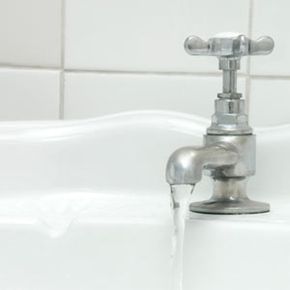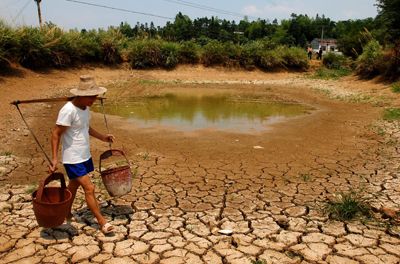If aliens were to visit our planet, they might marvel at the ubiquity of those fluid-filled plastic objects attached to the lips of many Americans as they move from place to place. Some are simple and inexpensive, while others come in fancy packaging with labels that hint at making you smarter, faster and healthier. Americans spend at least $4 billion each year on bottled water, and that number has been steadily increasing for the past couple of decades [source: FDA]. At a cost of about a dollar per bottle, it amounts to 4 billion bottles being discarded or, with any luck, recycled in the U.S. each year. That's a lot of plastic. It also takes a lot of energy and effort to produce that much bottled water, with shipping and handling charges making up a large percentage of the cost of each bottle. All things considered, bottled water has a carbon footprint that would make your tree-hugging friends cringe.
So, what's behind the love affair Americans have with bottled water? Its popularity isn't surprising when you consider the sophisticated marketing efforts of the bottled water producers, using everything from the names of artesian wells in tropical paradises to images of polar bears frolicking along river banks surrounded by unspoiled wilderness. It's very hard for the metal tap in your sink to compete with that.
Advertisement
But are those popular plastic conveyances really the smartest choice? Are we more likely to save money -- and perhaps the Earth -- if we make the switch to carrying around filtered water in some type of permanent cup? In the next section, we'll look at the cost of buying bottled water each year for a family of four and compare it with the cost of using a water filter.


